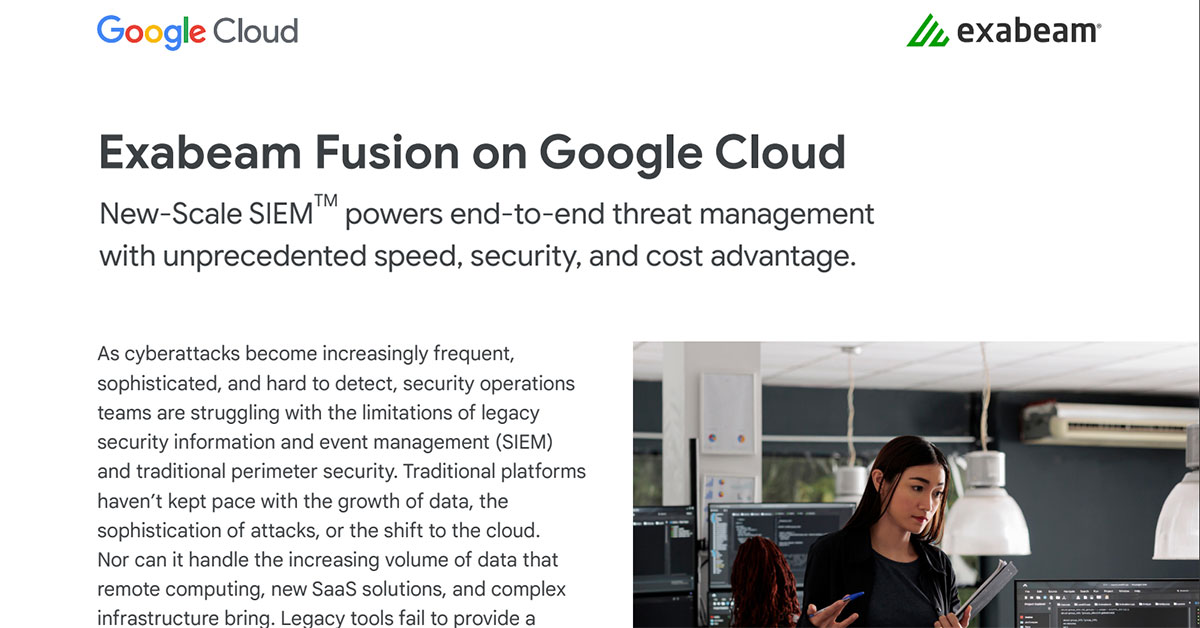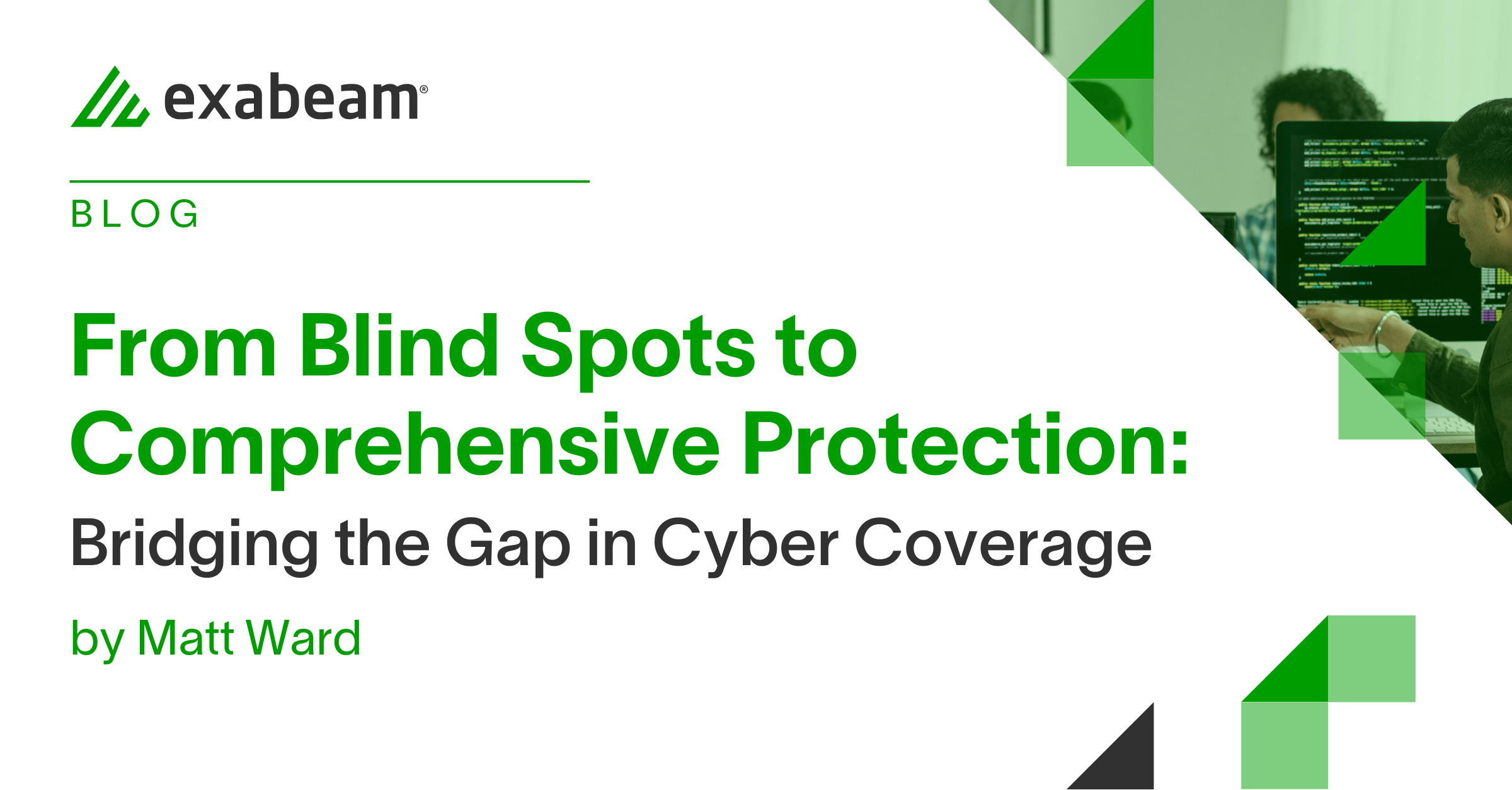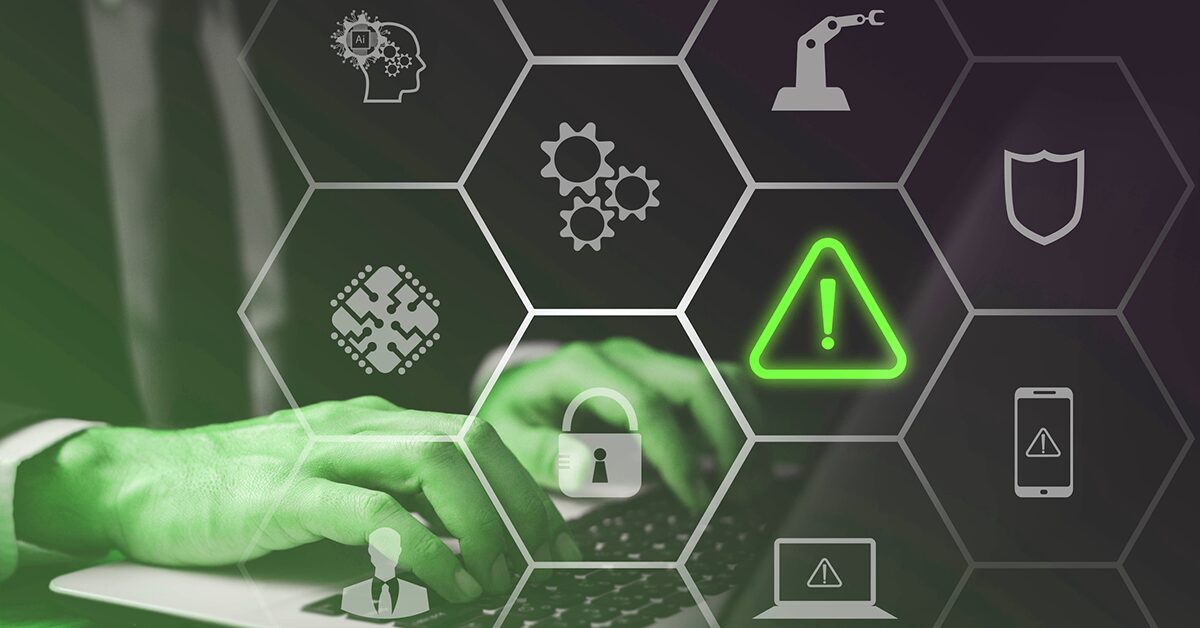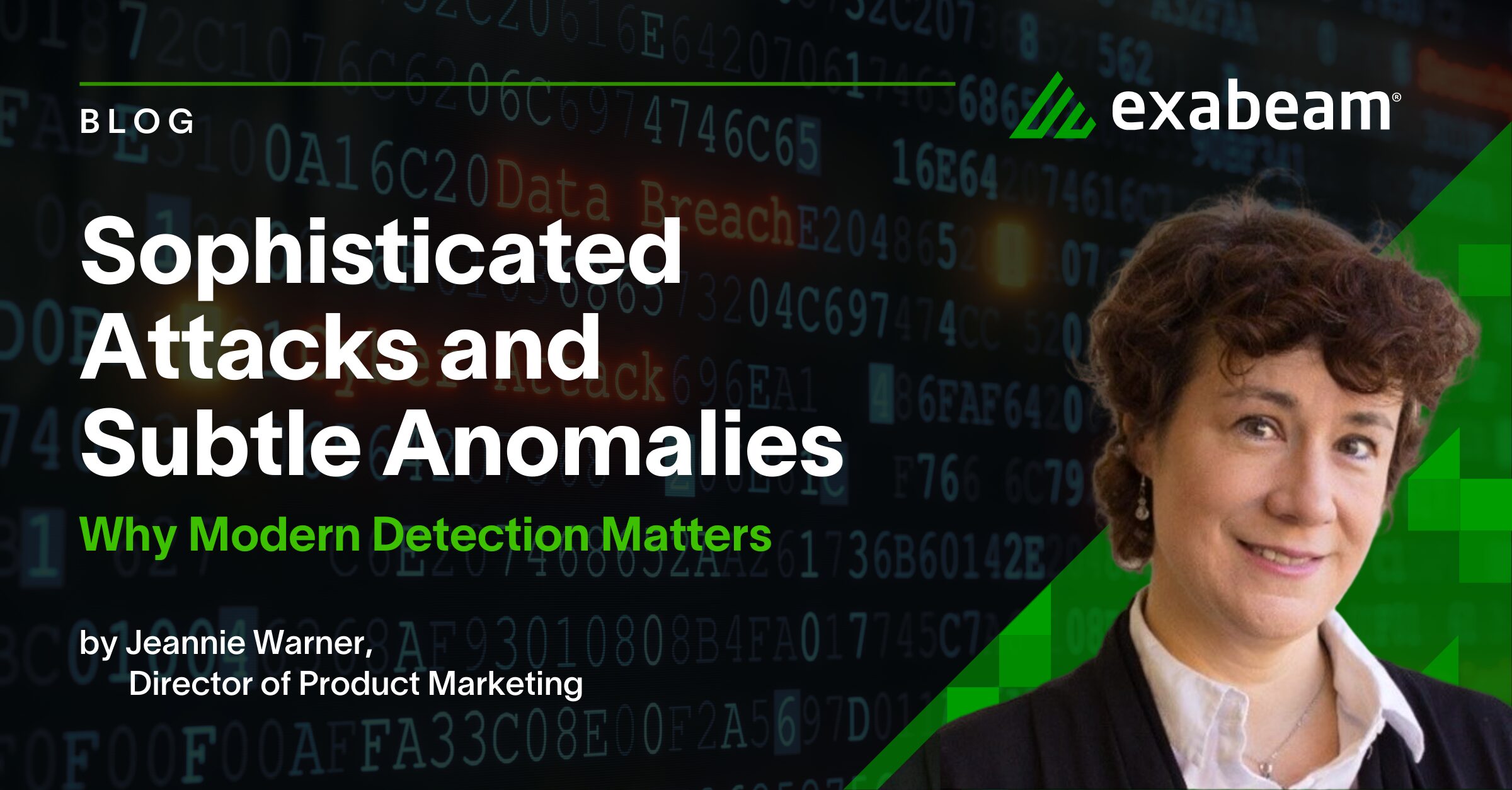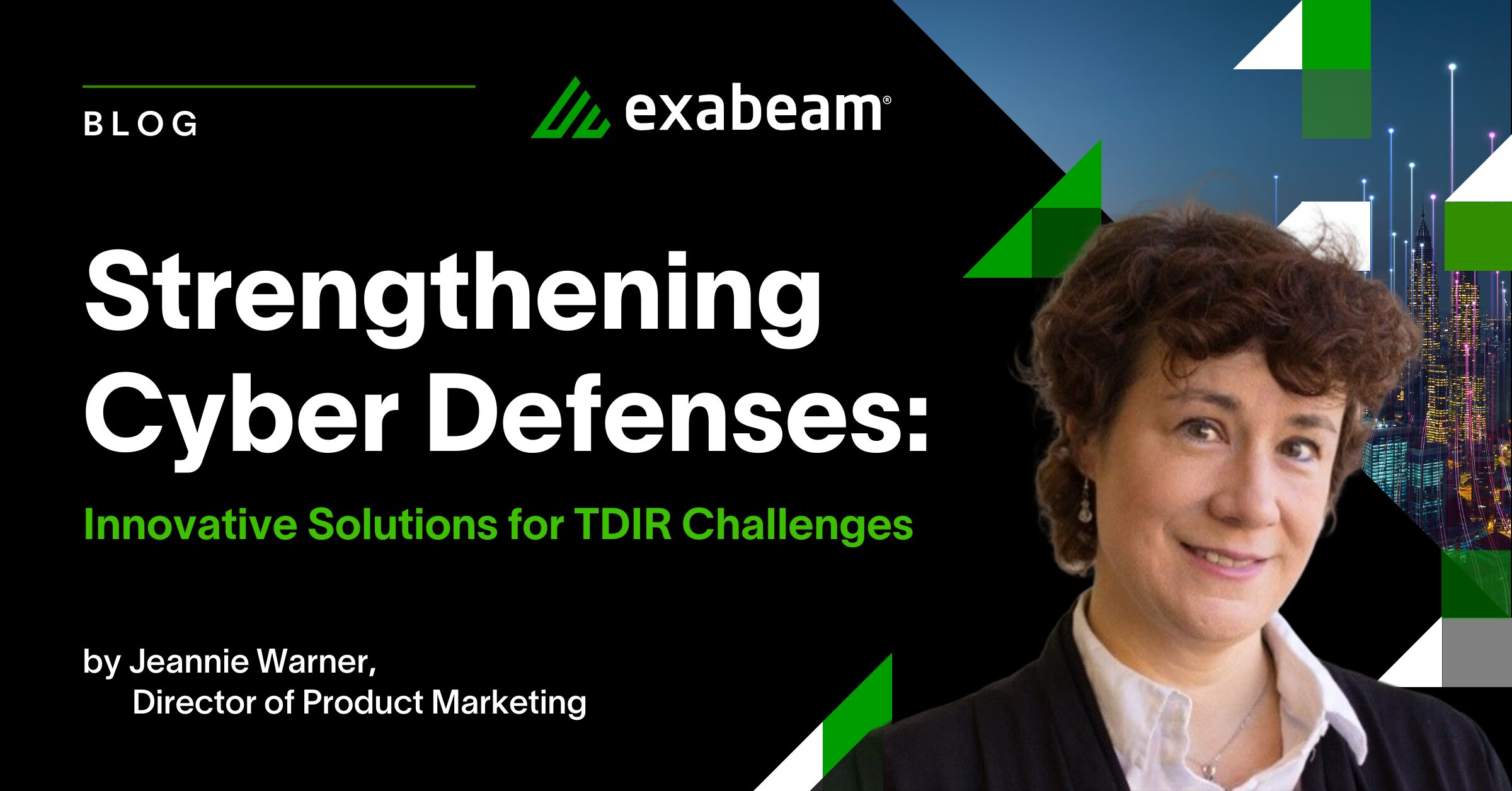
Featured Post
From Blind Spots to Comprehensive Protection: Bridging the Gap in Cyber Coverage
Quality over quantity It is a common pitfall that security information and event management (SIEM) vendors often encourage customers to input more and more data. But when it comes to solving a particular use case, you don’t always need large amounts of data — you need the right data. Simply ingesting large amounts of data… Read more »
Read More

